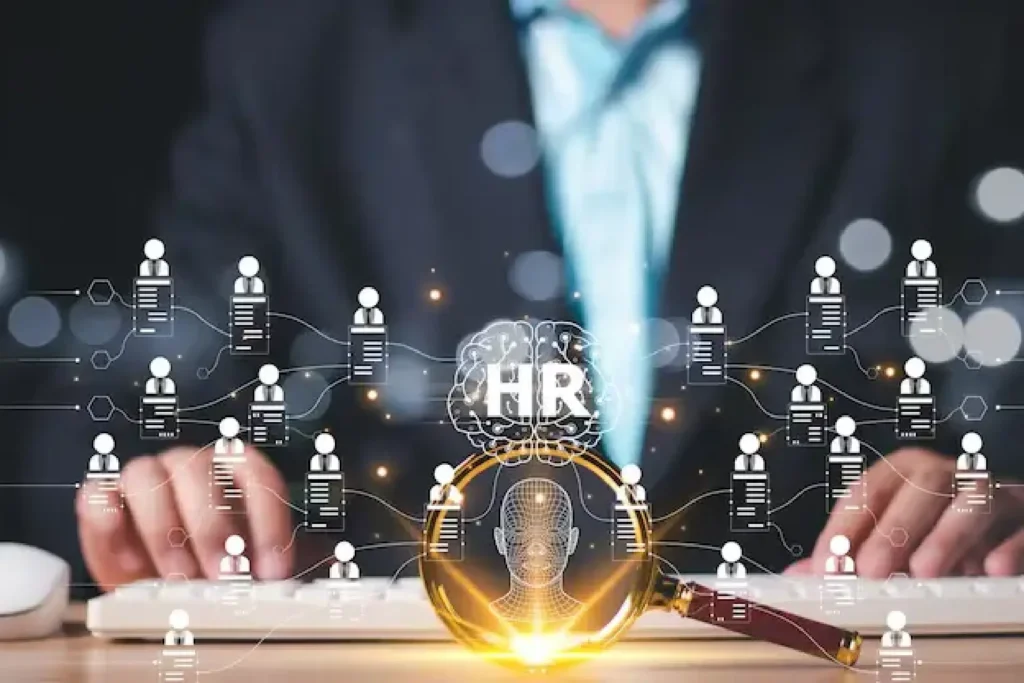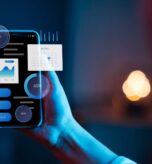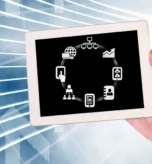AI-Powered HRMS – From Attendance to Attrition Prediction

Introduction: HR Is No Longer Just About People—It’s About People Intelligence
In the digital era, Human Resource Management Systems (HRMS) must do more than track attendance and process payroll. Today’s HR leaders need real-time insights into workforce health, engagement trends, and attrition risks—all of which require more than rule-based systems.
That’s where AI comes in.
When integrated into ERP-driven HRMS platforms, AI transforms HR from administrative to strategic. From analyzing behavior patterns to predicting who might resign, AI makes HR smarter, faster, and more human-centric. In this blog, we explore how AI is reshaping HR operations—from the mundane to the mission-critical.
Common Gaps in Traditional HRMS
Most legacy or even modern HRMS platforms offer:
- Attendance and leave management
- Payroll calculation
- Recruitment workflow tracking
- Performance appraisals
However, they often lack:
- Predictive capabilities (e.g., attrition forecasting)
- Real-time analytics (e.g., sentiment or burnout trends)
- Proactive engagement suggestions
- Conversational interfaces for employees
The result? HR becomes reactive, missing early signs of workforce friction or disengagement.
Where AI Makes HRMS Intelligent
Smart Attendance & Shift Optimization
- Detect attendance anomalies (frequent late-ins, absenteeism clusters)
- Recommend shift changes based on productivity patterns
- Identify compliance gaps automatically (e.g., weekly off norms, OT caps)
Attrition Prediction
- Use ML models to flag high-risk employees
- Factors include engagement level, manager feedback, leave patterns, and compensation trends
- Trigger proactive retention workflows (e.g., role discussion, manager 1-on-1)
Resume Screening & Talent Fit
- Rank resumes based on job descriptions using NLP
- Auto-parse CVs and filter based on skills, experience, or location
- Suggest internal mobility candidates from within the organization
Sentiment & Engagement Analysis
- Analyze anonymous surveys, emails, and feedback using sentiment models
- Detect burnout risk or morale dips early
- Provide department-wise engagement scores
HR Chatbots
- Answer employee queries 24/7 (leave balance, payslips, policy help)
- Process common requests like leave application, WFH approval, reimbursement status
Sample Use Case: Attrition Risk Engine
Employee data (e.g., tenure, recent feedback, role change, leaves) is fed into a classification model
Output: Risk score (e.g., 0.82 → High)
Trigger: Alert sent to HRBP for intervention
Action: Initiate engagement conversation, review compensation band, or suggest internal mobility
Result: Lower attrition, better retention planning, and proactive HR.
Tools & Models
- NLP for CVs & Chatbots: BERT, spaCy, LangChain
- Predictive Models: Random Forest, LightGBM, logistic regression
- Chat Interfaces: Dialogflow, Microsoft Bot Framework, Rasa
- Sentiment Analysis: TextBlob, Vader, BERT + custom finetuning
- Integration: Laravel-based HRMS, Zoho People, Odoo HR, SAP SuccessFactors via API
Impact in Numbers
- 40% faster hiring cycle using AI resume ranking
- 22% improvement in early attrition detection
- 60% drop in HR ticket load with conversational automation
- 3x increase in internal mobility visibility
When HR teams are equipped with these tools, they spend less time chasing forms—and more time building culture.
Empathetic, Efficient, AI-Enhanced HR
An intelligent HRMS doesn’t just track—it understands. It learns from behavior, adapts to patterns, and empowers people and leaders to act early. We help build AI-augmented HR systems that keep people at the center—while using data to make every decision count.
Coming up next: How AI is redefining supply chain planning and procurement with predictive analytics and intelligent automation.


